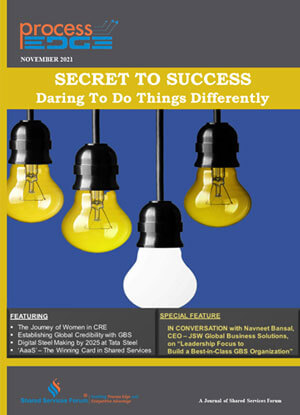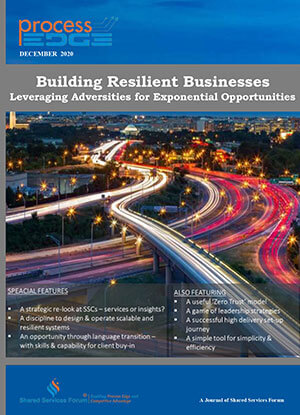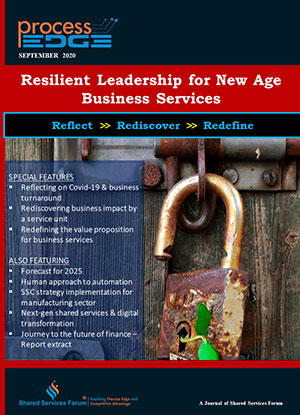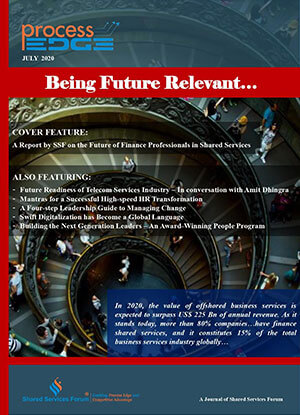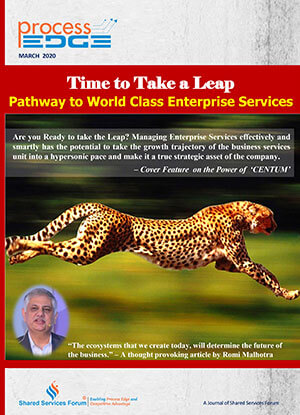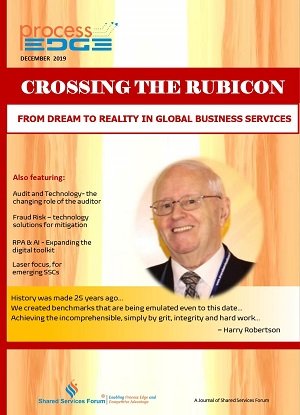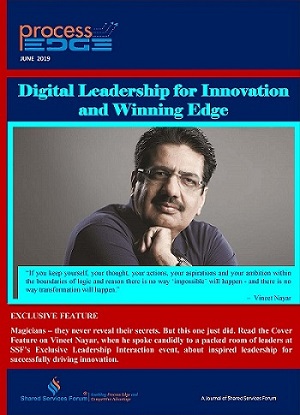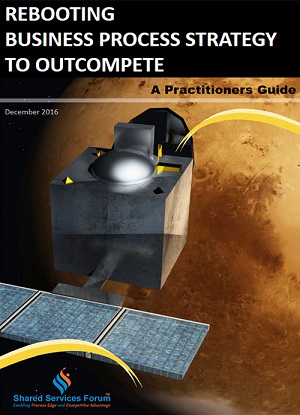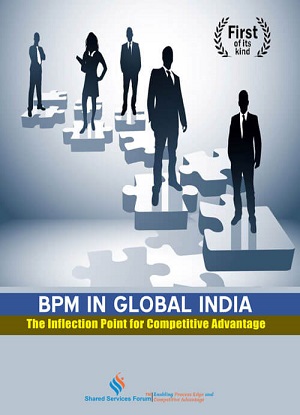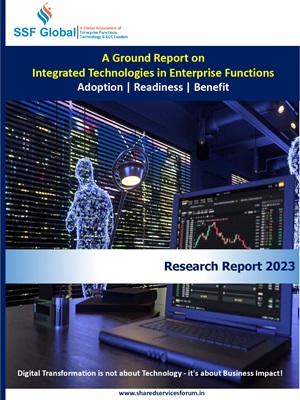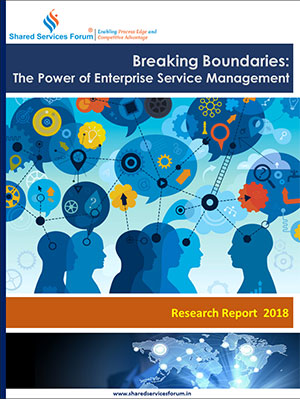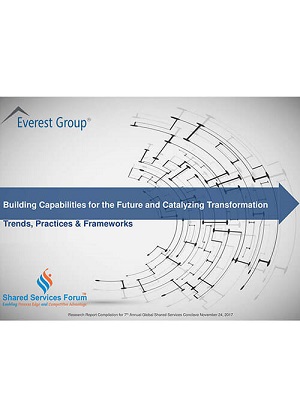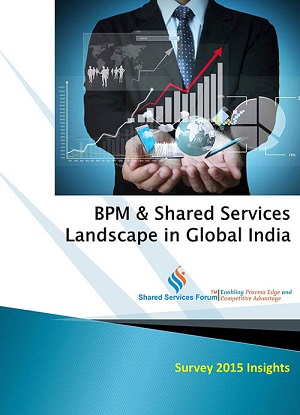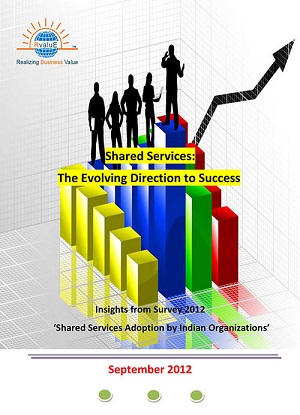
Would you like to start a conversation with other industry leaders to brainstorm a challenge or to just know more on a particular topic?
Engage in online discussions with your Peers
Start NowEstablishing a brand identity in a highly-diversified country like India is not an easy matter. The practice of public relations makes the things easy, especially when an organisation is passing through tough situations. The best example is the role played by right communication in a very recent phenomenon. Till the 2010, the newspaper headlines spoke of ‘China to be on the road to become next super power of the world', in the field of manufacturing to be a major economic centre of the world. In the middle of 2010, different voices came from beyond the Himalayas with high labour cost, shortage of electricity, rising manufacturing rates etc. It was learnt to have said that it was ‘a huge blow to China'.
It was India's opportunity and a right communication about India having sufficient infrastructure and smart labour force, stirred up the world economic leaders. Such a huge turnaround resulted in the foreign direct investment (FDI) in India and now China is the second choice for the world business for the manufacturing of any product. In this entire trade-shift, communication played a vital role. The earliest form of rudimentary public relations was mouth-to-mouth publicity. More than hundred years ago, there were very few journals circulating in the far distant areas of the country. Mouth-to-mouth publicity was the only effective way of communication at that point of time. The perfect example can be drawn from the adoption of beedi by the lower class as well the rural society of India.
Till late 19th Century, hookahs and chillum were used for the consumption of tobacco all over the country. Beedi industry was altogether a new phenomenon in the rural and urban India. When common people had very little knowledge of Beedi, the manufacturer industry launched its own educational campaign. It gave demonstration of smoking beedi in the village fairs and melas and also distributed beedi freely. Gradually, with this innovative way of PR, beedi became a popular choice of smoking for the common man.
In today's era of multiple forms of communication, there is a huge possibility that a constant dose of communication via print, electronic or digital media can bounce back and result in the formation of the negative image about the brand in the minds of the consumer. Communication is like a double edge-sword. Therefore, organisations must learn to keep a balance between advertising their products and services and simultaneously run a smooth public relations campaign.
As per news media reports in a national dailies, quoting Public Relations Consultants Association of India, the PR industry is expected to touch Rs 2,100 crore by fiscal 2020. While most of the growth will come from public relations, the report said, digital, social media and content driven campaigns will contribute as much as 25 per cent to the revenue of PR firms. Similarly, referring to the report of the same national financial journal, Advertising expenditure in India is expected to grow at 10 per cent to reach Rs 61,204 crore in 2017 over 2016, according to a forecast by WPP-owned media agency GroupM in its report ‘This Year Next Year'.
Multinational organisations selling soft drinks have to face the both good and bad side of communication made to their target audience. They promise that their soft drinks are one of the most refreshing and thirst-quenching drinks for people of all the age categories. But they miss out the flip-side of their communication, which bounces back to them in the form of a negative story, damaging their brand image. By the time they realise that NGO's across the world have started protesting against their soft-drink brands, it is too late.
Now, they feel the need of a PR campaign through which they try to convince their consumers that they are concerned about ailments like obesity and tooth-decay. Through their CSR efforts aligned with their PR campaigns, they make the best statements that they are highly concerned about the health of their consumers. By using every possible marketing technique, they tried to reach out to their consumers and persuade them to enjoy the refreshing experience of their brand, their product.
In the services sector too, the outsourcing industry is undergoing a terrific evolution. Outsourcing had been always seen as a low-end job. Earlier, people thought that all the cold-calls they receive about purchasing a credit card or taking an insurance policy is the job of an outsourcing profession. A few years ago, no doctor or a scientist even could have imagined a career in the outsourcing industry. It seems to be happening now. The BPO industry has taken a 360 degree turn. The most recent newspaper headlines, ‘Now BPO is BPM', is changing an entire spectrum of communication to the Indian academia. It is just not ordinary news. It is in fact an invitation to chartered accountants, scientists, engineers and people from different academic disciplines to join the most happening outsourcing industry.
With the spread of this news, the outsourcing industry is taking twists and turns and evolving from the low-end call centre job to handling a whole range of business analytics management. The word ‘outsourcing' has become ‘management'. To be more precise, offshore vendors have become business process management (BPM) experts, who partner themselves along with their customer's business to offer the best value. Partnering with the Governments, Colleges are running courses on business process management and industry and graduates are coming out to board on an exciting journey of their career. Therefore, the BPM industry is now working on client-centric, client-partner model in India.
Therefore, communication today is playing a vital role in speeding up the growth of the overall economy of the country. Before you wake up in the morning, your cell phone tinkles with statistics on share market, trading and all businesses giving you a complete overview of the Indian and international economy. The digital communication has changed the face of the entire country. (The writer is a national media consultant and his views are personal.
Source: Daily Pioneer




